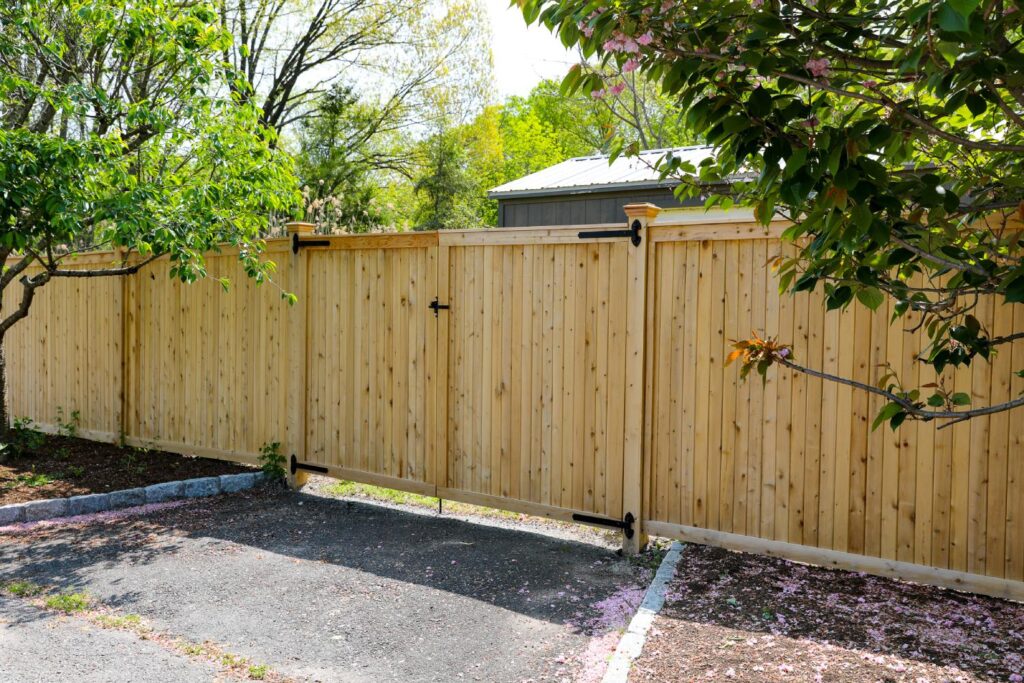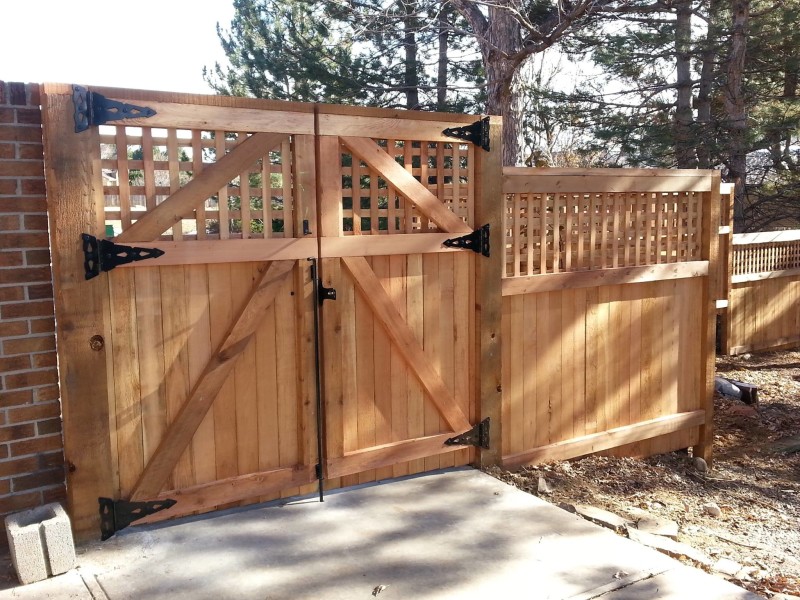All Categories
Featured

As sustainability becomes a priority for organizations and homeowners alike, the demand for environment-friendly products, consisting of fencing products, has climbed. Typical secure fencing choices such as plastic, steel, and wood can have adverse ecological impacts, but there are now several eco-conscious options to consider. Choosing environmentally friendly secure fencing materials not only helps in reducing your carbon impact but additionally adds to a more all-natural and sustainable environment.
- Bamboo Fence. Bamboo is one of the most eco-friendly fencing options available. Unlike conventional woods, bamboo can be gathered in a couple of years and grows back promptly, making it a lasting option for fence.
Advantages: Bamboo is fast-growing, lightweight, and lasting. It requires fewer chemicals and fertilizers contrasted to other plants, making it a low-maintenance choice. Factors to consider: While bamboo is sturdy, it might need regular maintenance to safeguard it from weathering and all-natural wear. It can additionally be prone to fracturing in cooler environments. 2. Recycled Materials. Fencings made from recycled products are ending up being significantly prominent as an environmentally friendly alternative. These fencings are made from post-consumer plastic, redeemed timber, and other recycled materials, maintaining waste out of land fills. Making use of recycled materials minimizes the demand for new raw resources, reducing environmental destruction.

Perks: These fencings help in reducing waste and conserve all-natural sources. They are additionally typically low-maintenance and resilient. Factors to consider: While recycled fences can be long lasting, the appearances might not always match typical fence choices. Numerous layouts are now readily available that simulate the appearance of wood or rock. 3. Compound Fencing. Compound fencing is made from a mix of recycled timber fibers and plastic, providing the appearance of wood without the environmental impact. Lots of composite fencings are made from recycled content, more boosting their green status. These fencings are long-lasting, need marginal upkeep, and do not require to be treated with harmful chemicals like conventional wood fencings.
Perks: Composite fences are resilient, immune to rot, and require little maintenance. They likewise supply a comparable visual to wood without deforestation concerns. Considerations: While they are low-maintenance, composite fencings might be a lot more pricey than standard wood or plastic alternatives. The production process can also be energy-intensive. 4. Cedar and Redwood Fence. Cedar and redwood are natural timber products that are often thought about more eco-friendly compared to other hardwoods. These kinds of wood are normally immune to degeneration, insects, and wetness, which decreases the demand for chemical therapies. Furthermore, these trees are grown in sustainable woodlands, guaranteeing that they are gathered sensibly.
Conveniences: Cedar and redwood are both normally beautiful and sturdy products. They use all-natural resistance to parasites and rot, which aids reduce the requirement for chemical therapies. Factors to consider: These woods can be much more pricey than various other choices. They likewise require periodic maintenance, such as tarnishing or securing, to guarantee durability. 5. Living Fences (Hedges and Bushes) Living fences, made from hedges, shrubs, or trees, are an environment-friendly option that also supplies all-natural privacy and aesthetic charm. Plants such as privet, boxwood, bamboo, and arborvitae are typically used for producing thick, environment-friendly fencings. These living barriers assist with noise reduction, improve air top quality, and give environment for regional wild animals.
Conveniences: Living fences advertise biodiversity, enhance air quality, and boost the aesthetic allure of your building. They also soak up co2 and add to a greener atmosphere. Considerations: Living fences require upkeep, such as pruning and watering, to guarantee they grow properly. They may not give the same degree of safety as typical fence products. 6. Rock and Reclaimed Brick Fence. Rock and reclaimed brick fencings are one more environmentally friendly alternative. These materials are long lasting, need minimal upkeep, and have a long life-span. When redeemed from old buildings or frameworks, they help in reducing the need for brand-new materials and avoid waste from going into land fills.
Perks: Rock and block are sturdy, weather-resistant, and give an ageless, classic aesthetic. Recovered materials also have a very little environmental footprint. Factors to consider: The setup of rock and block fences can be labor-intensive, and the products may be much more expensive than various other options. However, the lasting durability and reduced upkeep prices can make them a worthwhile financial investment. Conclusion. Selecting an environment-friendly fence product is a clever way to lower your environmental effect while boosting your home's privacy and aesthetic charm. Bamboo, recycled products, composite secure fencing, and living fencings all supply sustainable options that lower waste, conserve resources, and promote a greener way of living. , if you like standard products like redwoodTimber cedar and wood provide eco-friendly alternatives that don't sacrifice durability or beauty.. Stone and redeemed brick fencings are another outstanding choice for those looking for a lasting, low-impact remedy.
By selecting one of these green fencing options, you add to the security of the environment while producing an attractive, practical exterior room. The right material will depend upon your choices, climate, and the degree of maintenance you want to provide, but felt confident that there are countless eco-conscious choices that line up with your sustainable way of life.
Latest Posts
How to Know When Your Car Needs Expert Vehicle Service at Montclare Auto Repair
Published en
1 min read
Learn About Montclare Auto Repair’s Most Popular Services and Why Drivers Rely On Them
Published en
1 min read
Take Advantage of Special Auto Repair Offers in Chicago at Montclare Auto Repair
Published en
1 min read
More
Latest Posts
How to Know When Your Car Needs Expert Vehicle Service at Montclare Auto Repair
Published May 27, 25
1 min read
Learn About Montclare Auto Repair’s Most Popular Services and Why Drivers Rely On Them
Published May 26, 25
1 min read
Take Advantage of Special Auto Repair Offers in Chicago at Montclare Auto Repair
Published May 25, 25
1 min read